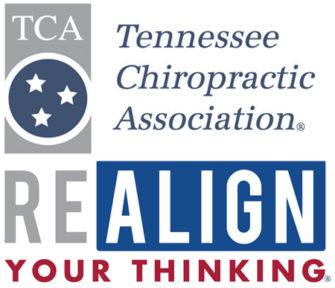Teaching Shouldn’t be a Pain
 Many challenges face today’s teachers. Day after day, they meet those challenges, even to the detriment of their own health. Between repetitive bending to help students, standing for hours on hard floors and leaning over papers while grading, it’s no wonder teachers experience musculoskeletal pain. A study published in 2014 dug deeper to learn about the prevalence and risk factors for low back pain (LBP) among teachers.
Many challenges face today’s teachers. Day after day, they meet those challenges, even to the detriment of their own health. Between repetitive bending to help students, standing for hours on hard floors and leaning over papers while grading, it’s no wonder teachers experience musculoskeletal pain. A study published in 2014 dug deeper to learn about the prevalence and risk factors for low back pain (LBP) among teachers.
Researchers randomly selected almost 600 teachers from 22 primary and high schools, who did NOT have current complaints of back pain. Multiple questionnaires were used to gather personal and work-related characteristics, any pain or functional disability, risk factors for LBP, and incidence of LBP. Occurrence rate of LBP at the time of the questionnaires was 21.8%. When asked about previous episodes, the rate increased.
- LBP in the last month 26.3%
- LBP in last 6 months 29.6%
- LBP in the last year 31.1%
- LBP lifetime 36.5%.
High school teachers reported higher prevalence ratings. Interestingly, a significant association between LBP and other factors, including age, body mass index, job satisfaction and length of employment was found.
Not surprisingly, the most common activities reported to provoke LBP were prolonged sitting and standing, long periods of time working on a computer and grading papers. What helped? Rather than medications, the teachers reported that rest and physical activity provided the most relief.
Just as with other occupations, pain can be a distraction for teachers. Having an ergonomic work station and good posture can go a long way in helping teachers do their work and keep themselves healthy at the same time.
A doctor of chiropractic is an excellent resource for information on ergonomics and posture, but also nutrition, exercise and wellness. After a thorough exam and medical history, the chiropractor can determine what specific risk factors are most at play for and what steps can be taken to reduce and compensate for those issues. They may recommend a certain type of shoe, or supportive insole, to combat the prolonged standing. They may offer spinal adjustments along with posture or core building exercises to help strengthen the body in order to prevent injury and reduce the stress and strain on the body. Because not every patient is the same, your chiropractor will develop a care plan that fits you to meet your health and wellness needs.
Teachers have enough to manage educating our children. Pain shouldn’t have to be on that list. Chiropractic can help teachers maintain good health for themselves, their families and their students.
REFERENCE:
Mohseni Bandpei MA, Ehsani F, Behtash H, Ghanipour M. “Occupational low back pain in primary and high school teachers: prevalence and associated factors”. J Manipulative Physiol Ther. 2014 Nov-Dec;37(9):702-8. doi: 10.1016/j.jmpt.2014.09.006. Epub 2014 Oct 1.
____________________________________________________________
This article is being shared as part of TCA’s
“Realign Your Thinking” public-awareness campaign –
helping Tennesseans understand what chiropractic care offers
and the positive role it plays in the overall health care system.
